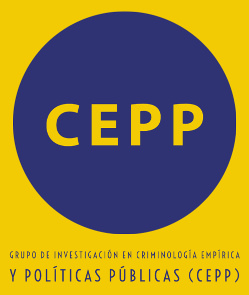Homicide as a function of city block layout: Mexico City as case study
Global Crime: https://doi.org/10.1080/17440572.2020.1715219
Focused on Mexico City, this article offers a seminal examination of the relationship between block layout and intentional homicide. The authors applied multilevel random-intercept negative binomial models to assess the contribution of block layout characteristics to homicide counts while controlling for other factors related to the physical environment and socioeconomic disadvantage. The assessment finds that container-type city blocks registered the highest likelihood of homicide incidence. It also shows that blocks with metro stations also had a statistically higher likelihood of homicide incidence. By contrast, building-type blocks exhibited the lowest likelihood of recording a homicide. Ultimately, the physical environment model provided a better fit to the data than the socioeconomic disadvantage model. The main conclusion is that homicide incidence in Mexico City may be more a function of block layout than socioeconomic composition. One implication is that urban planning may have more potent crime prevention effects than widely believed.
Enlace directo aquí
Más Vistos
- Concentrated violence: The influence of criminal activity and governance on...
- Testing the local and spatial spillover effects of police monitored CCTV systems...
- Corona crimes: How pandemic narratives change criminal landscapes
- Violence in Latin America: An Overview of Research and Issues
- Unraveling residential burglary trends in urban Mexico: The role of target...
Más Recientes
- From crime rates to crime harm: Understanding the role of social development in...
- Beyond conventional metrics: the elusive impact of the Pilares program on crime...
- Beyond the immediate effects of income inequality on homicide rates: A reply to...
- Unraveling residential burglary trends in urban Mexico: The role of target...
- Getting back to the state: policing the Covid-19 pandemic

